When it comes to the world of knives, enthusiasts often find themselves asking: what’s the difference between Western and Eastern knives? Each knife style carries its unique history, craftsmanship, and use-cases that can significantly impact performance and usability. In this guide, we will explore the key differences between Western and Eastern knives, from their design philosophies and materials to how they perform in various cooking and outdoor scenarios. This knowledge will not only help you understand which type of knife may suit your needs best but can also enhance your appreciation for the art and tradition embedded in these tools.
The Cultural Context of Knife Designs
The knife is a fundamental tool across cultures worldwide, but the way they are crafted and used differs significantly between the West and the East. Let’s delve into the historical and cultural backgrounds that shape these two distinct styles.
Western Knife Heritage
Western knives are typically inspired by traditional European craftsmanship. The design and functionality of these knives have evolved to meet the requirements of various culinary techniques, outdoor activities, and daily tasks. This includes:
- Emphasis on versatility – Western knives are designed to handle multiple tasks.
- Heavy-duty materials, often stainless steel, provide durability and ease of care.
- A variety of blade shapes suited for specific cut types, such as the chef's knife, paring knife, and boning knife.
The design of Western Chef Knives & Sets is particularly notable for their broad blades, which allow for a rocking motion, making them ideal for chopping vegetables or mincing herbs. Moreover, the knife's full tang design provides added strength and durability, essential for both professional chefs and home cooks alike.
Eastern Knife Craftsmanship
In contrast, Eastern knives, prominently featured in Japanese culinary traditions, are often created through generations of specialized craftsmanship and testing. The focus here lies in:
- Precision and sharpness – Eastern knives are known for their razor-sharp edges, ideal for slicing.
- Lightweight materials, such as high-carbon steel, which can sharpen easily and hold an edge longer.
- A more delicate balance and design tailored for finer cuts, enabling techniques like sashimi slicing.
Eastern knives, such as the famous Santoku and Nakiri, are intended for precision and specialty tasks. The unique asymmetrical design caters to right-handed or left-handed users, offering unrivaled control and maneuverability.
Design and Construction Differences
The design and construction quality of a knife can significantly influence its performance. Understanding the fundamental differences in blade construction and handle design gives a clearer insight into what knife to choose, whether it’s for culinary purposes or outdoor endeavors such as using Hunting Knives or Folding Knives.
Blade Design
In terms of blade design, Western knives often use a thicker blade profile while Eastern knives tend to be thinner and more tapered. Here’s a deeper look:
- Western Blade: Typically 2 to 3 mm thick, blunt tapering for balance, facilitating chopping rather than finesse.
- Eastern Blade: Ranges from 1 to 2 mm thick, finely tapered, allowing for intricate cuts and minimal resistance.
This thinness can lead to wear over time, but proper care and storing techniques can sustain edge quality. For example, using personalized gifts such as custom knife blocks can help maintain their integrity.
Handle Design
Next, let’s look at handles. The handle of a knife plays a crucial role in its usability and comfort:
- Western Handles: Often heavier with a variety of materials like plastic or hardwood, designed for a robust grip.
- Eastern Handles: Generally lighter and made of materials like traditional wood, lacquered for a smooth finish, promoting ease of movement.
These variations create notable differences in feel during use; consequently, the choice between Western and Eastern knives often lies in personal preference.
Performance in Culinary and Non-Culinary Tasks
Understanding the performance of these knives during specific tasks is vital, especially if you enjoy cooking or plan to engage in outdoor activities. Let’s explore how these knives fare in various scenarios.
Culinary Precision
For chefs and cooking enthusiasts, the right knives can make a world of difference. When considering Chef Knives & Sets, there are specific tasks where each type of knife excels:
- Western Knives: Best for chopping, slicing, and mincing; versatile enough to switch between tasks without needing multiple knives.
- Eastern Knives: Ideal for precise slicing and delicate cuts; their sharpness allows chefs to create uniform slices of fish or vegetables.
Chefs seeking precision might prefer Eastern knives, particularly for tasks like sushi preparation that require high levels of acuity.
Outdoor Adventures with Knives
When it comes to outdoor tasks or activities, such as hunting or camping, both Western and Eastern knives have their distinct advantages.
- Western Hunting Knives: Designed for durability in rugged outdoor conditions, perfect for skinning or processing game.
- Eastern Folding Knives: Generally lighter, easier to carry, and often favored by hikers for their portability and sharpness.
Your choice in this regard will largely depend on how you plan to use the knife—whether you prefer the rugged capability of Western hunting knives or the portability of Eastern folding knives.
Maintenance and Longevity
Once you have selected your ideal knife, knowing how to maintain it will ensure longevity and performance. This section covers best practices for maintaining Western and Eastern knives.
Western Knife Maintenance
The maintenance of Western knives can be fairly straightforward, given their robust construction:
- Regularly sharpen using whetstones or honing rods.
- Wash with warm soapy water and dry immediately to prevent rust.
- Store in a knife block or magnetic strip to maintain edge quality.
Eastern Knife Care
Eastern knives may require a bit more delicacy:
- Use a whetstone or specialty sharpeners designed for Japanese knives.
- Hand wash and avoid submerging in water too long to prevent damage.
- Use a protective sheath or wrap to prevent chips during storage.
Each knife requires tailored care practices, reflecting their diverse design and intended use.
Personalization and Gift Giving
Knives make excellent personalized gifts for friends, family, or anyone passionate about cooking or outdoor activities. Personalized gifts, such as engraved knives or custom knife sets, can add sentimental value and make for memorable experiences. It's not just about the practicality of the gift; it’s also about the thought and craft behind it. Whether it’s a special folding knife for a loved one or a chef’s set for aspiring cooks, the emotional connection amplifies the purpose of the blade.
Choosing Your Perfect Knife
The decision to choose between Western and Eastern knives ultimately comes down to individual requirements, preferences, and the contexts in which you plan to use them. Recognizing the core differences in design, craftsmanship, and performance is essential for any knife enthusiast, whether they are searching for specialized Chef Knives & Sets for their kitchen or sturdy Pocket Knives for everyday carry.
Investigate what feels best in your hand, consider the tasks you will perform, and don’t hesitate to invest the time to understand the subtle nuances between Western and Eastern knives. After all, in the rich world of cutlery, your ideal knife is waiting to enhance your culinary adventures, outdoor excursions, and everything in between.
Embark on Your Knife Journey!
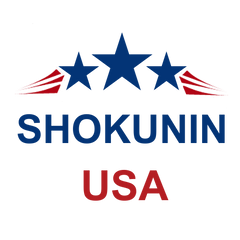







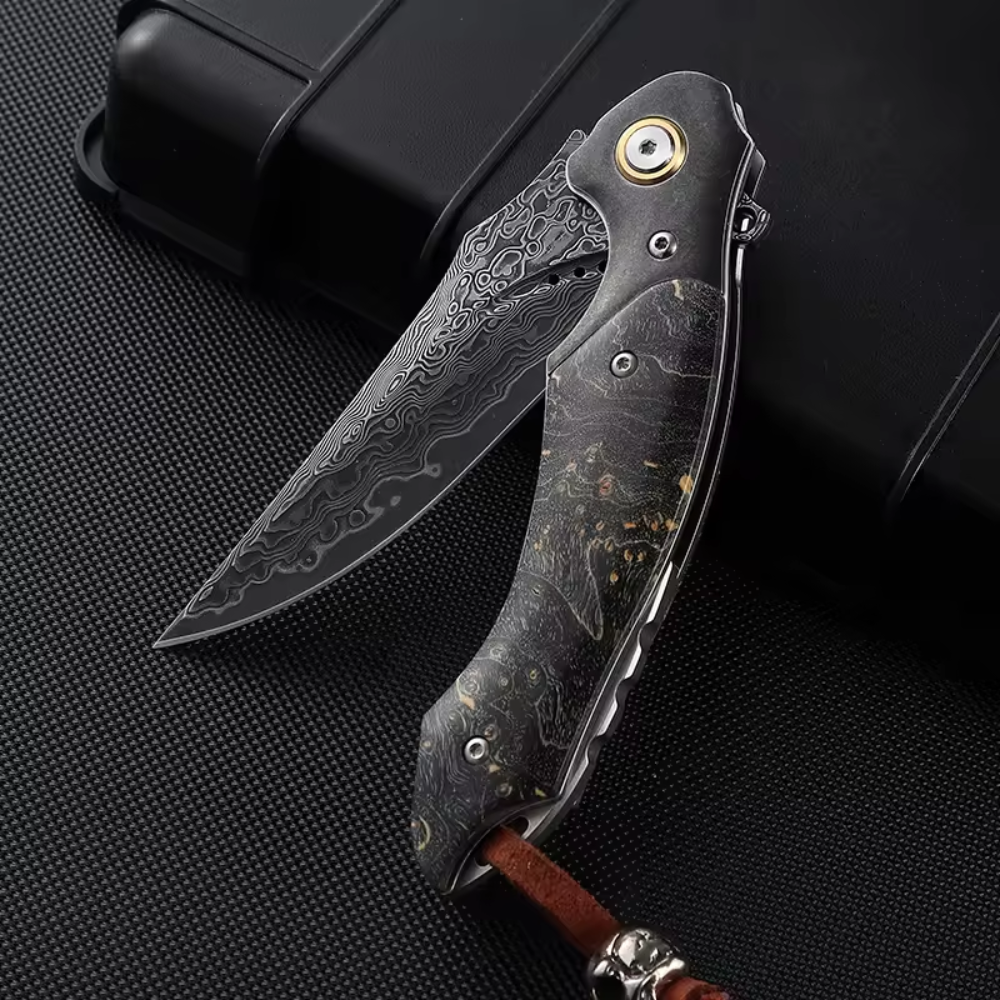


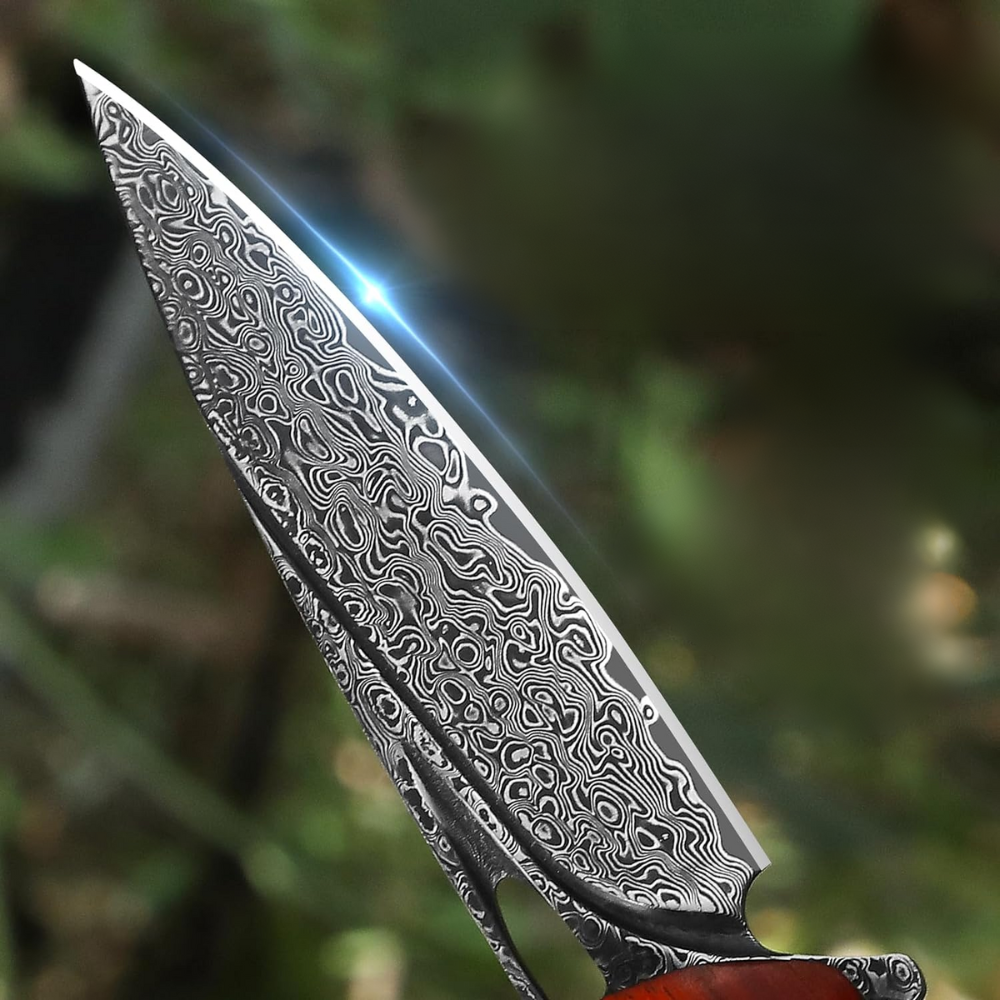








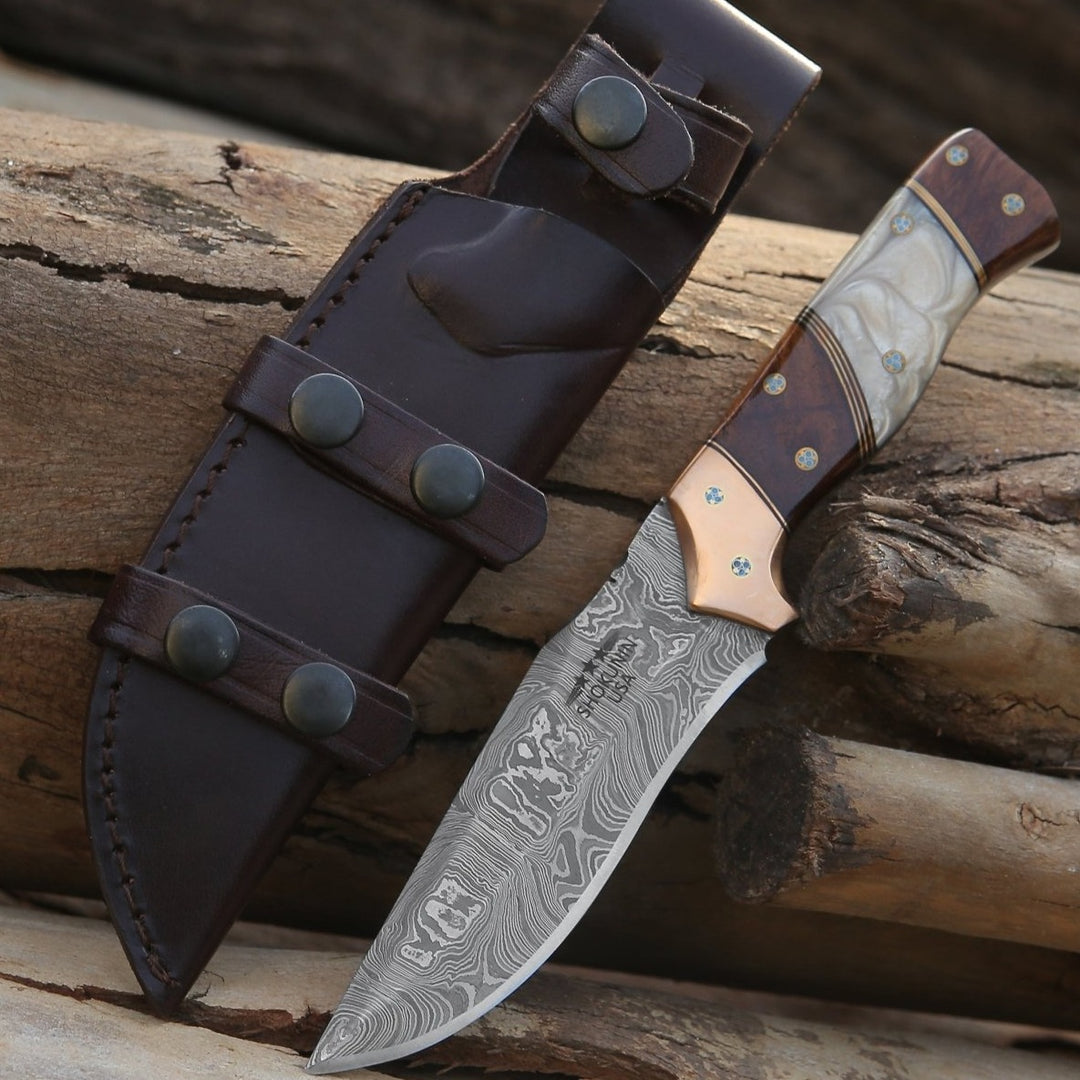
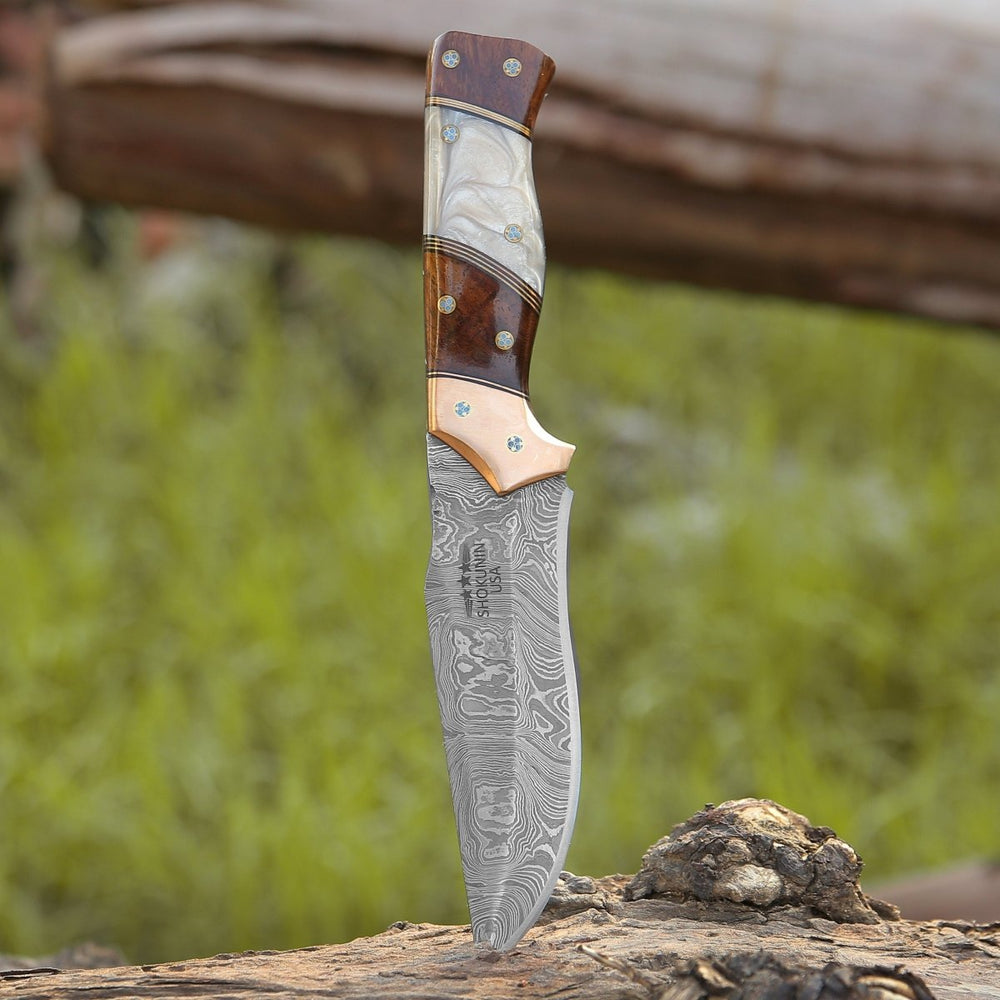


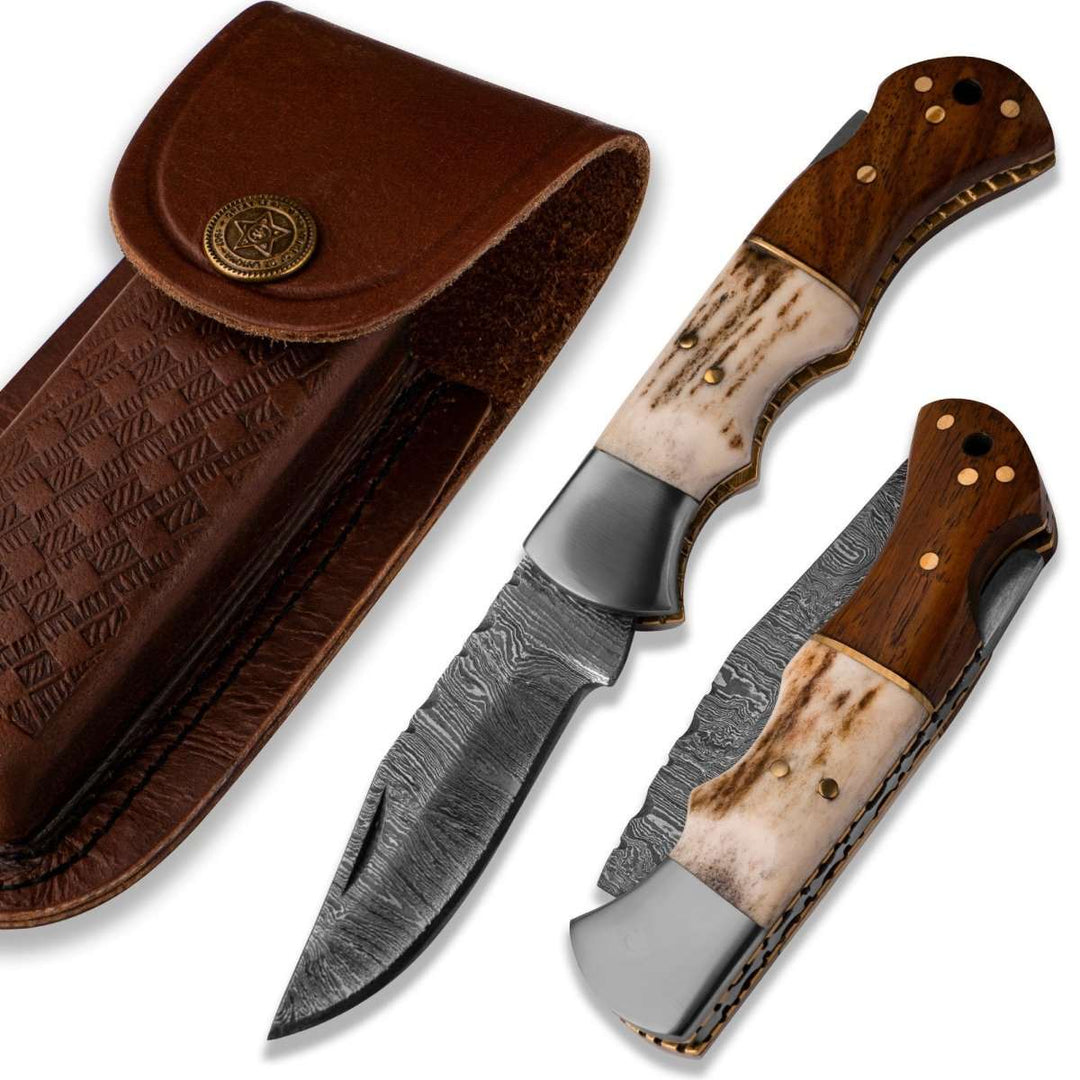





Leave a comment